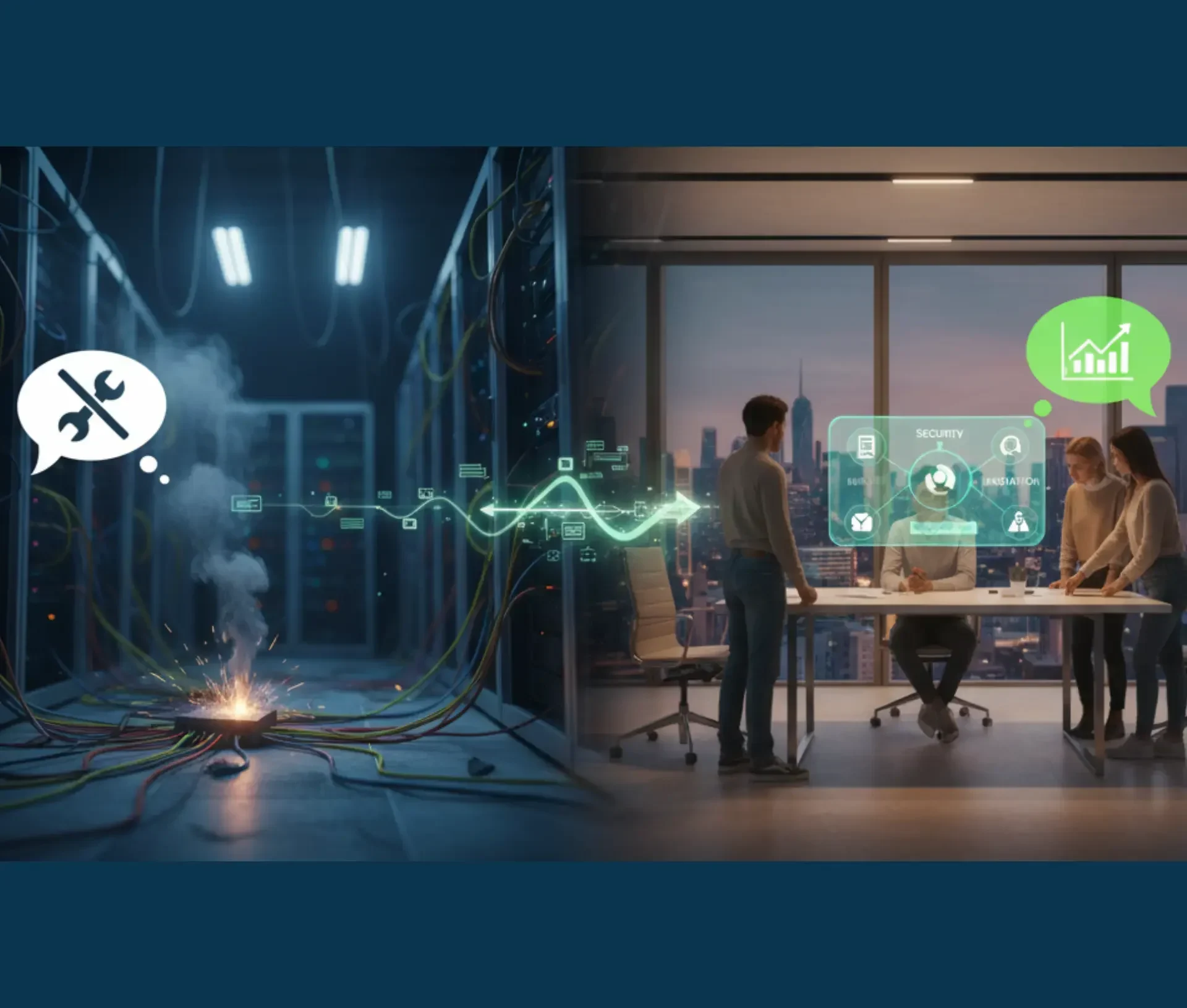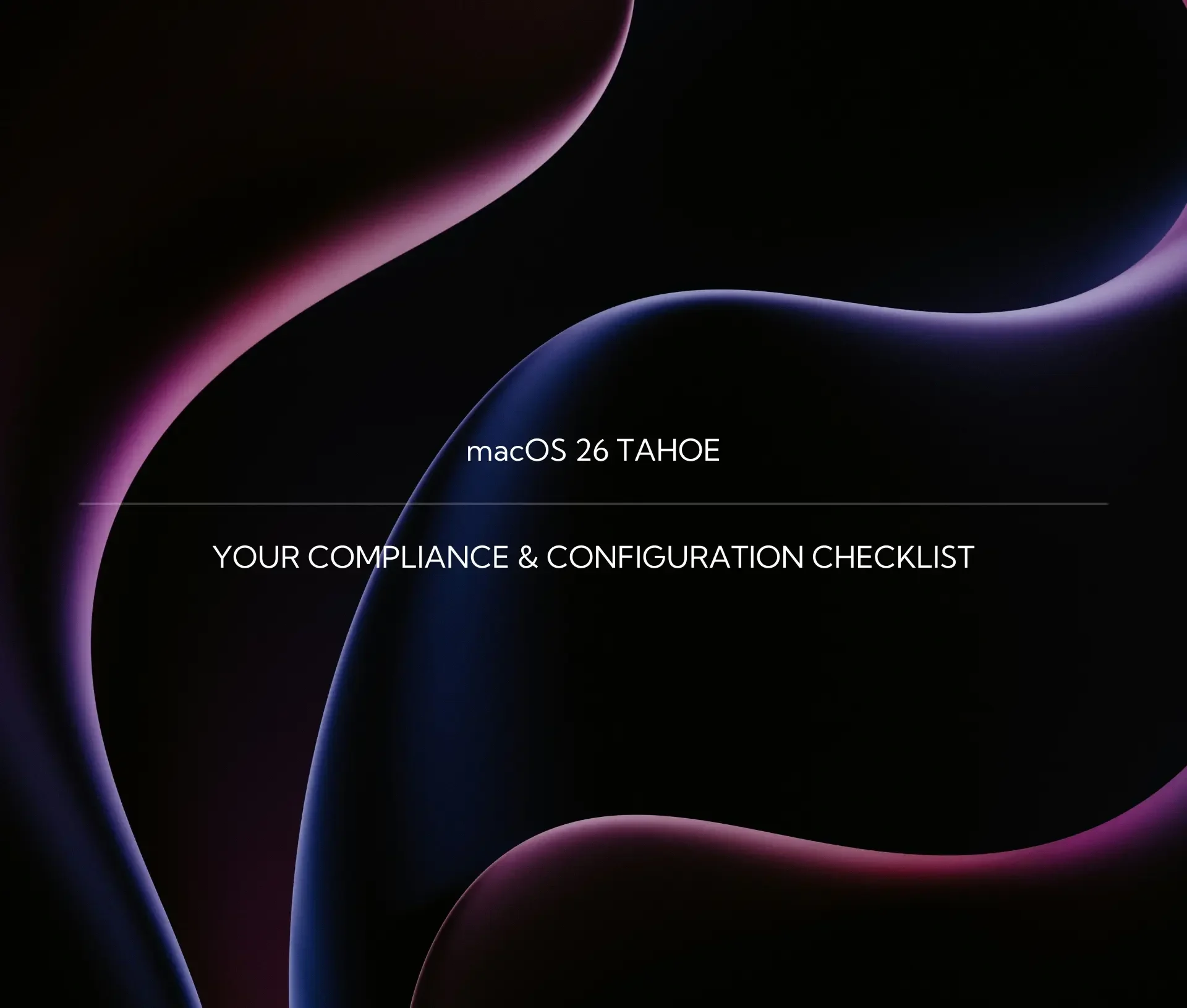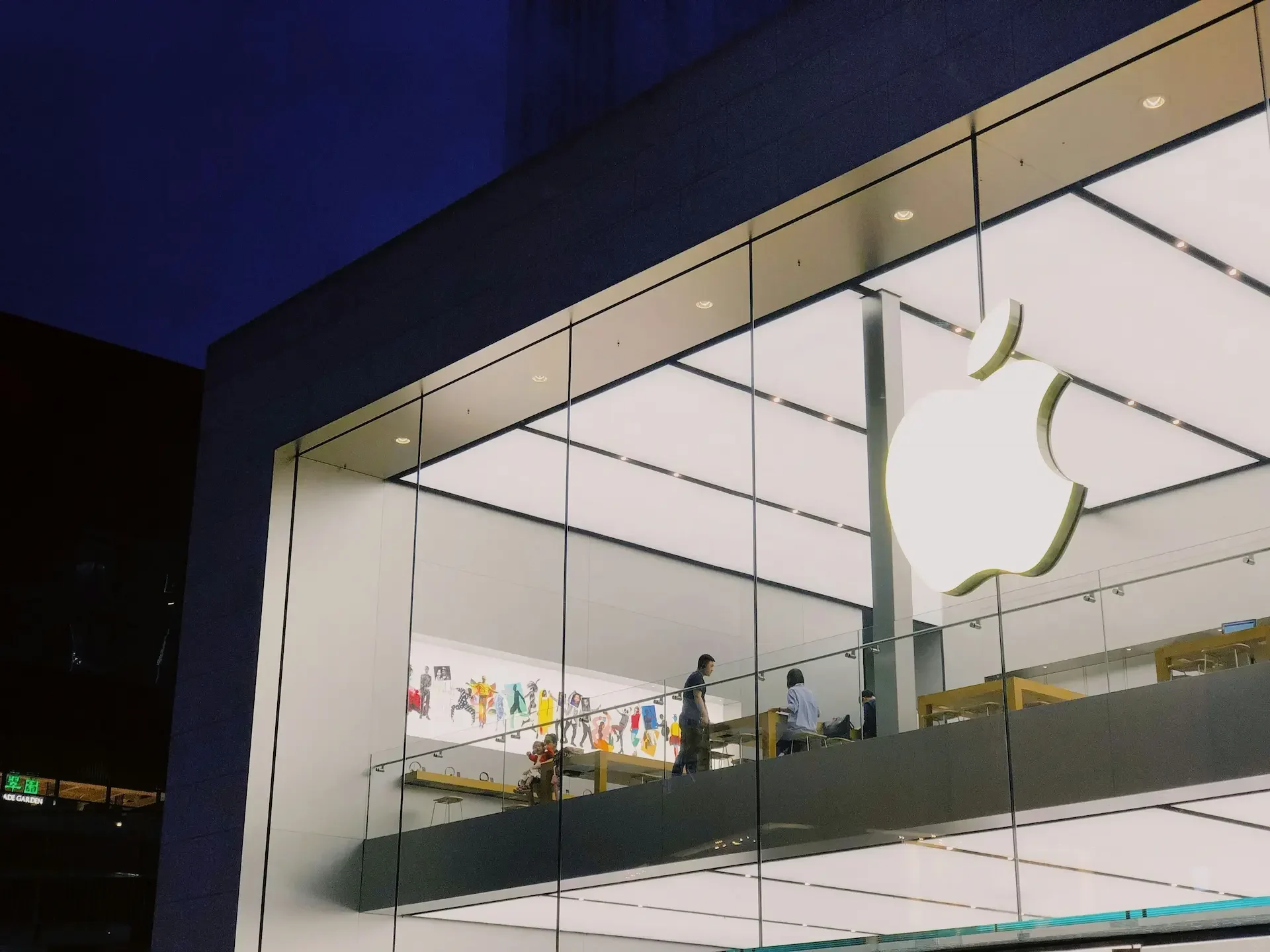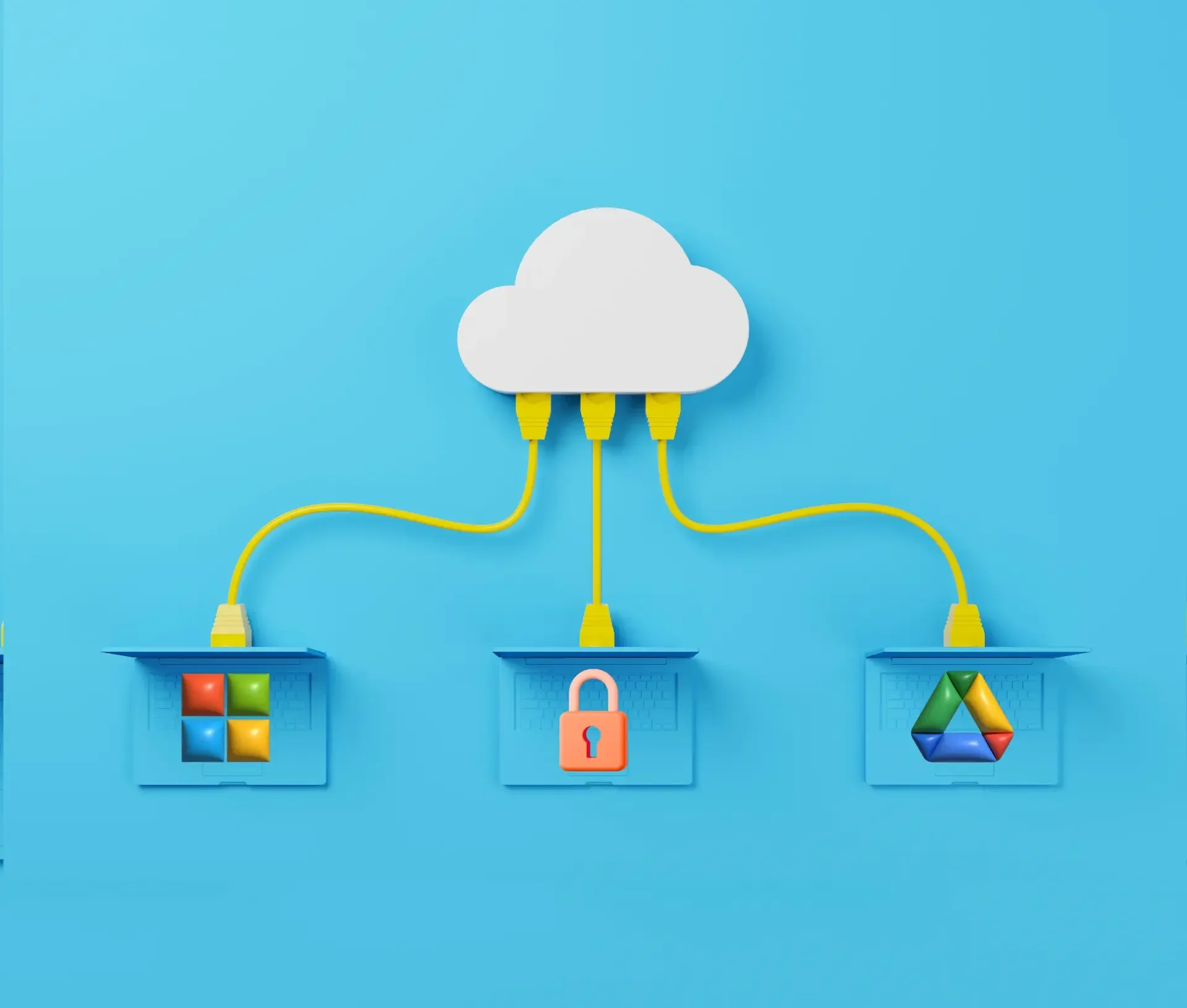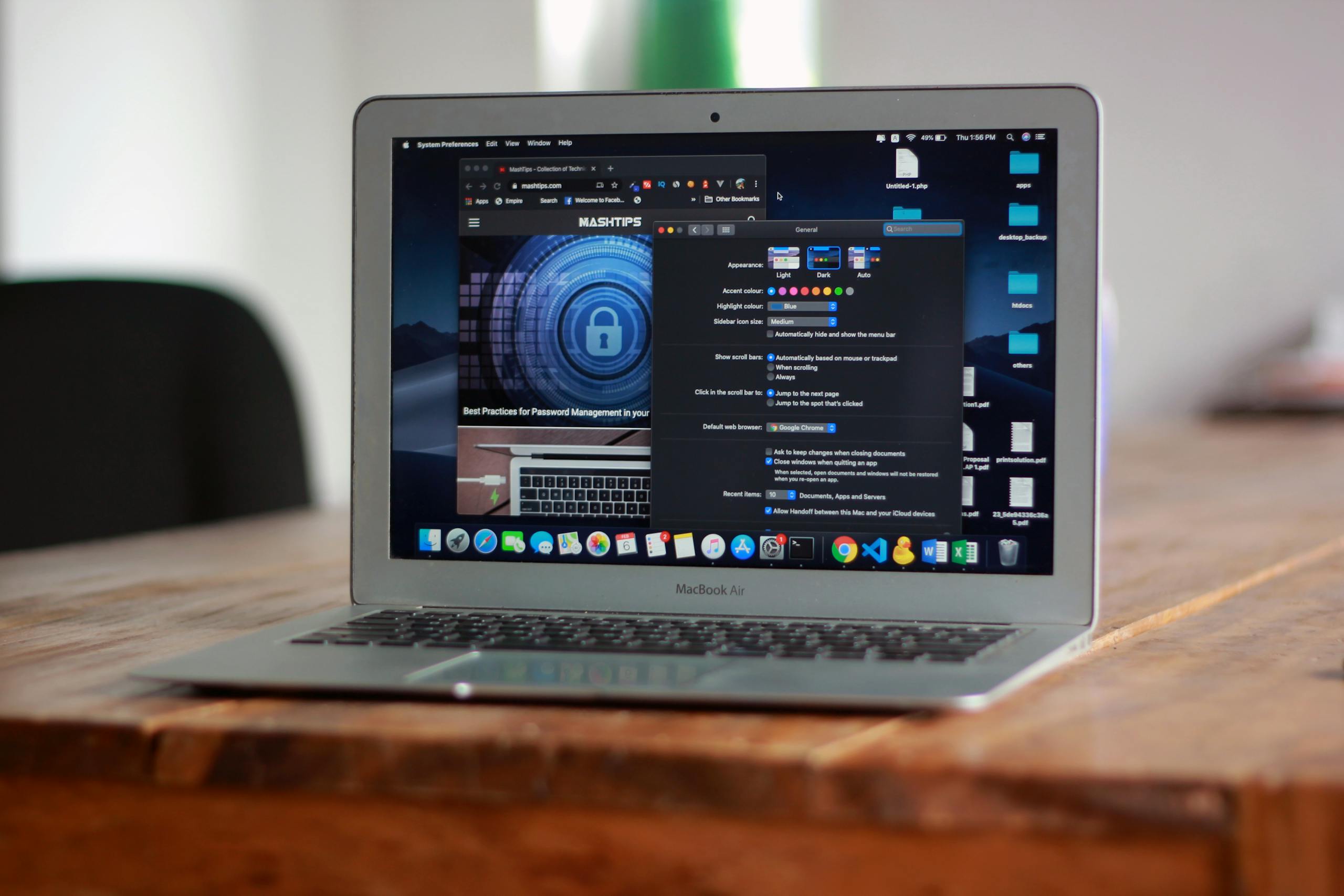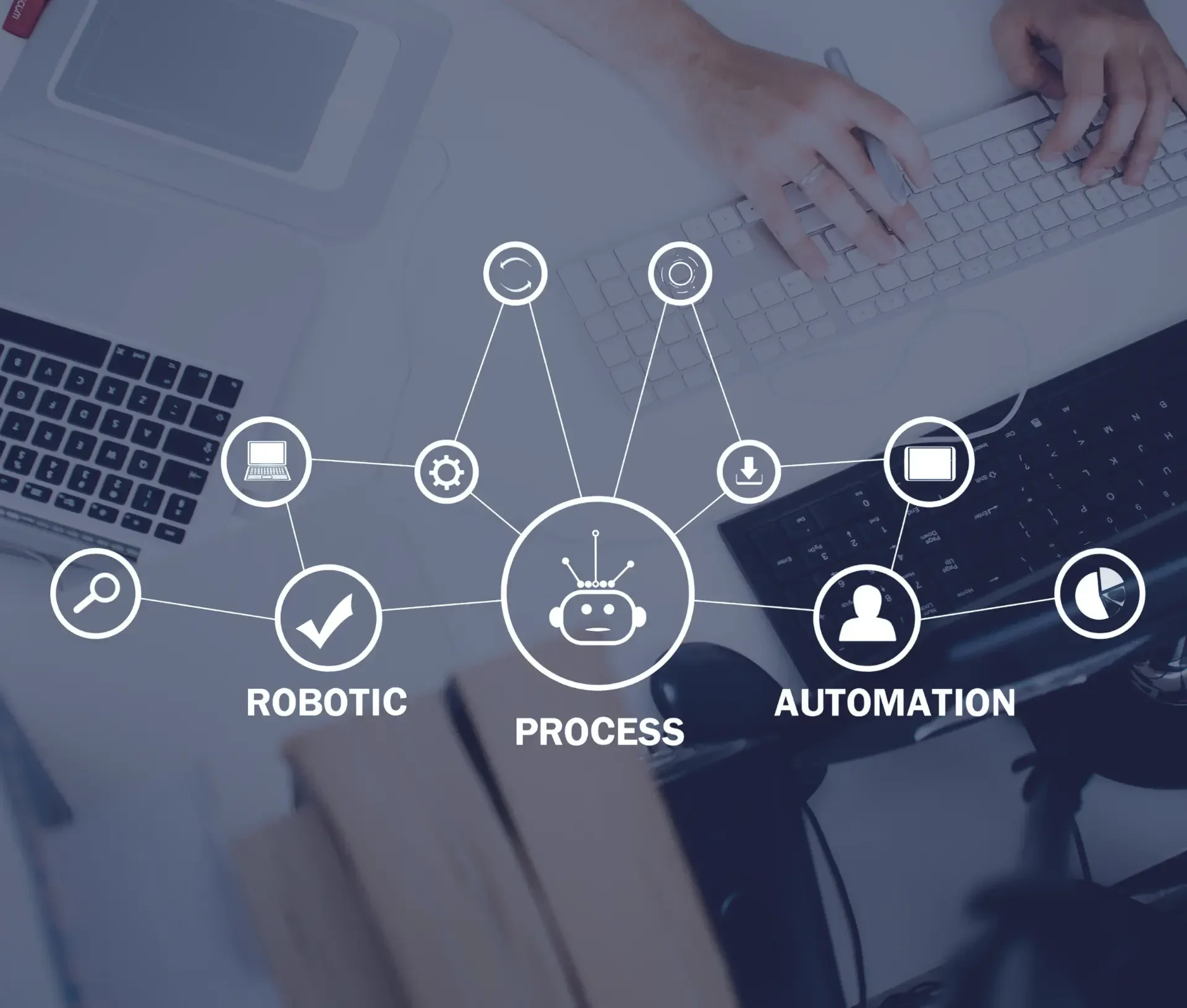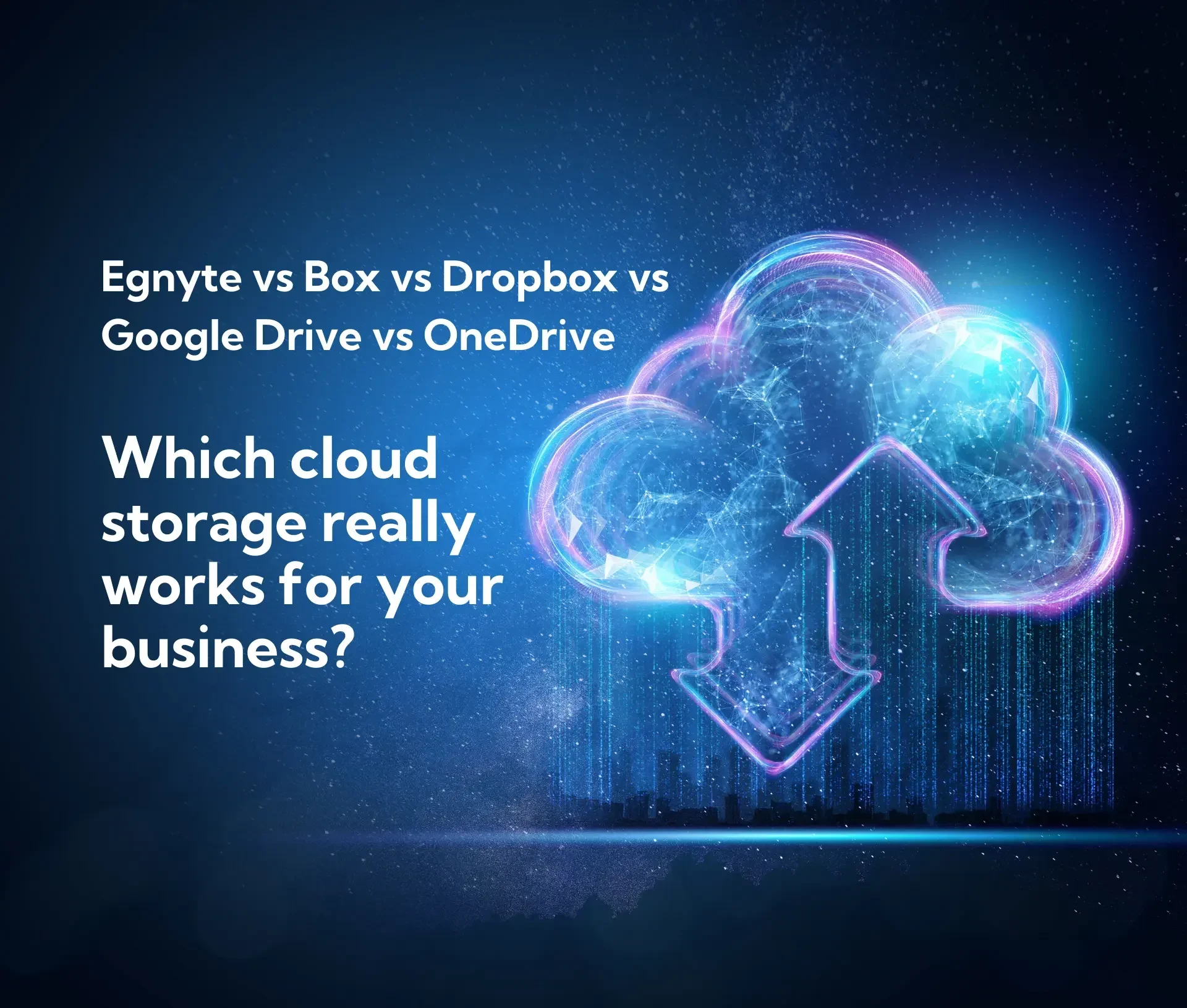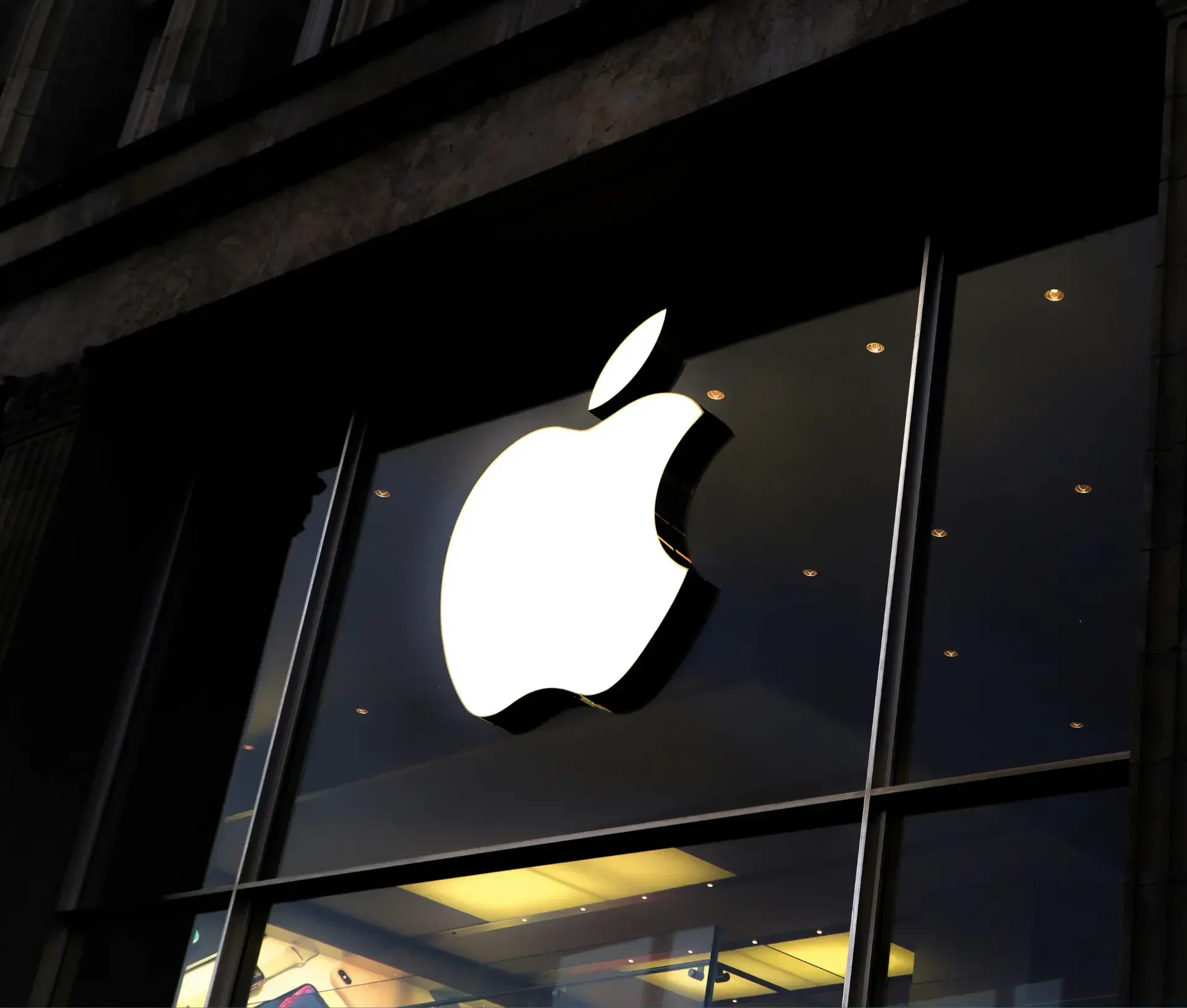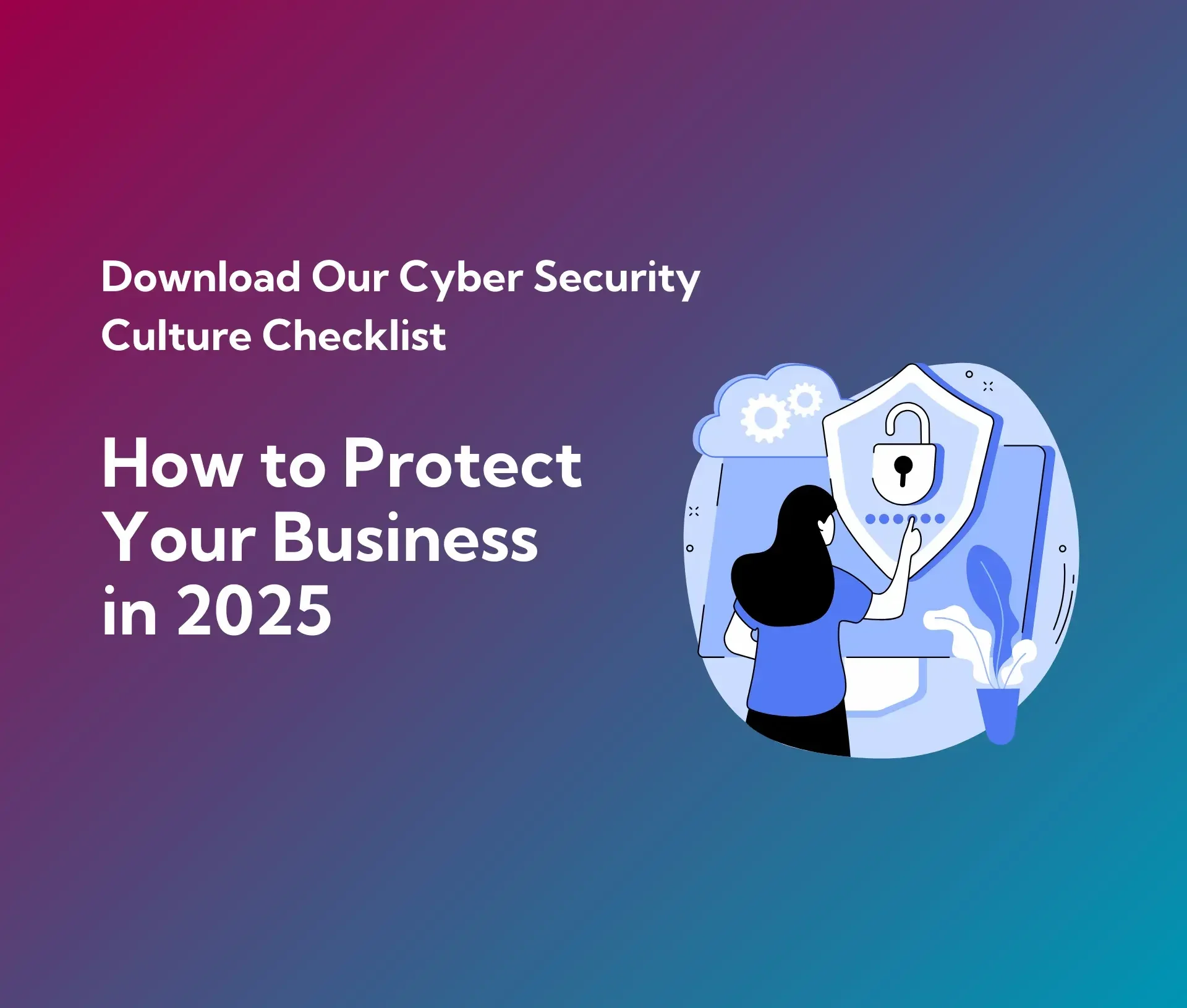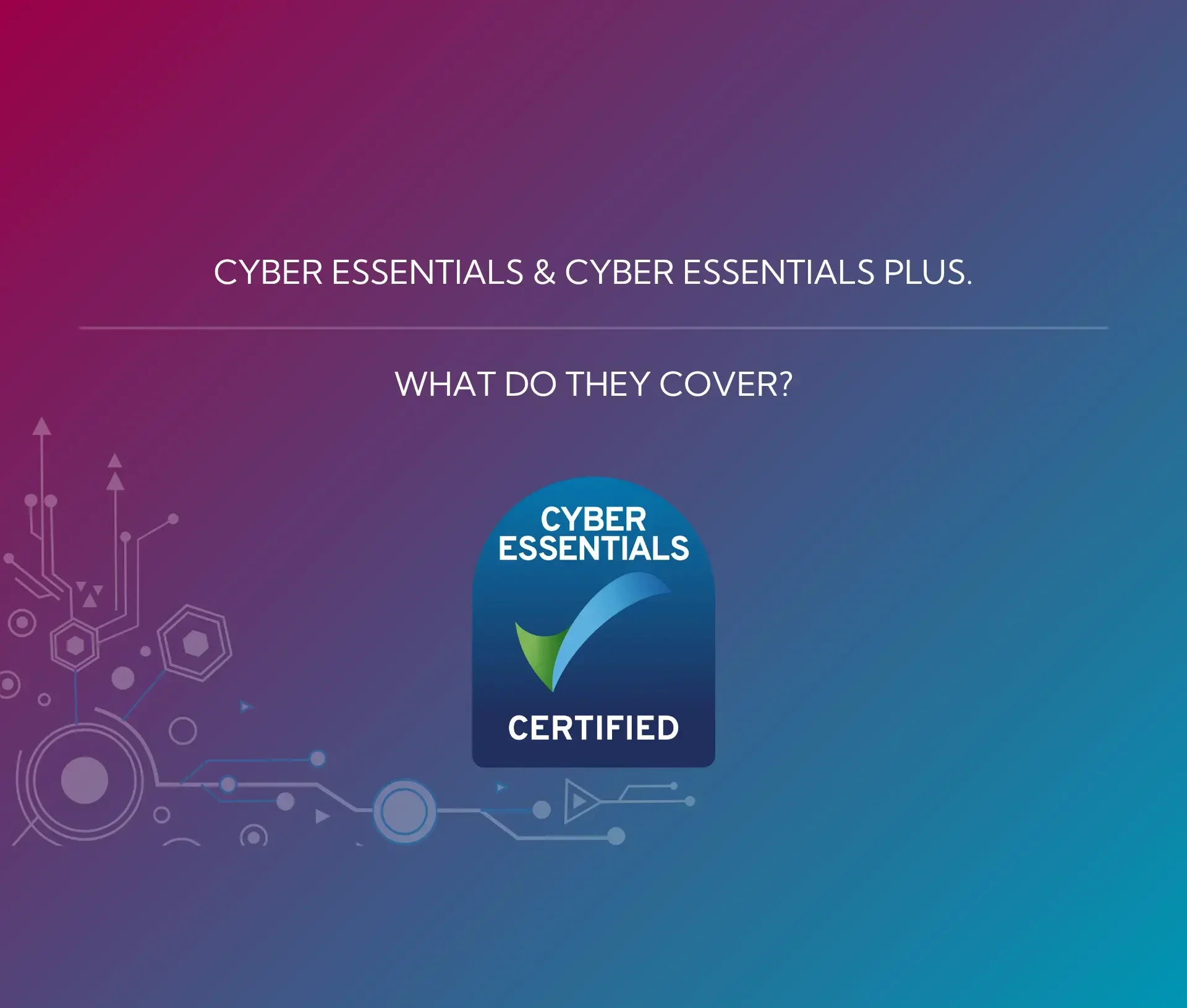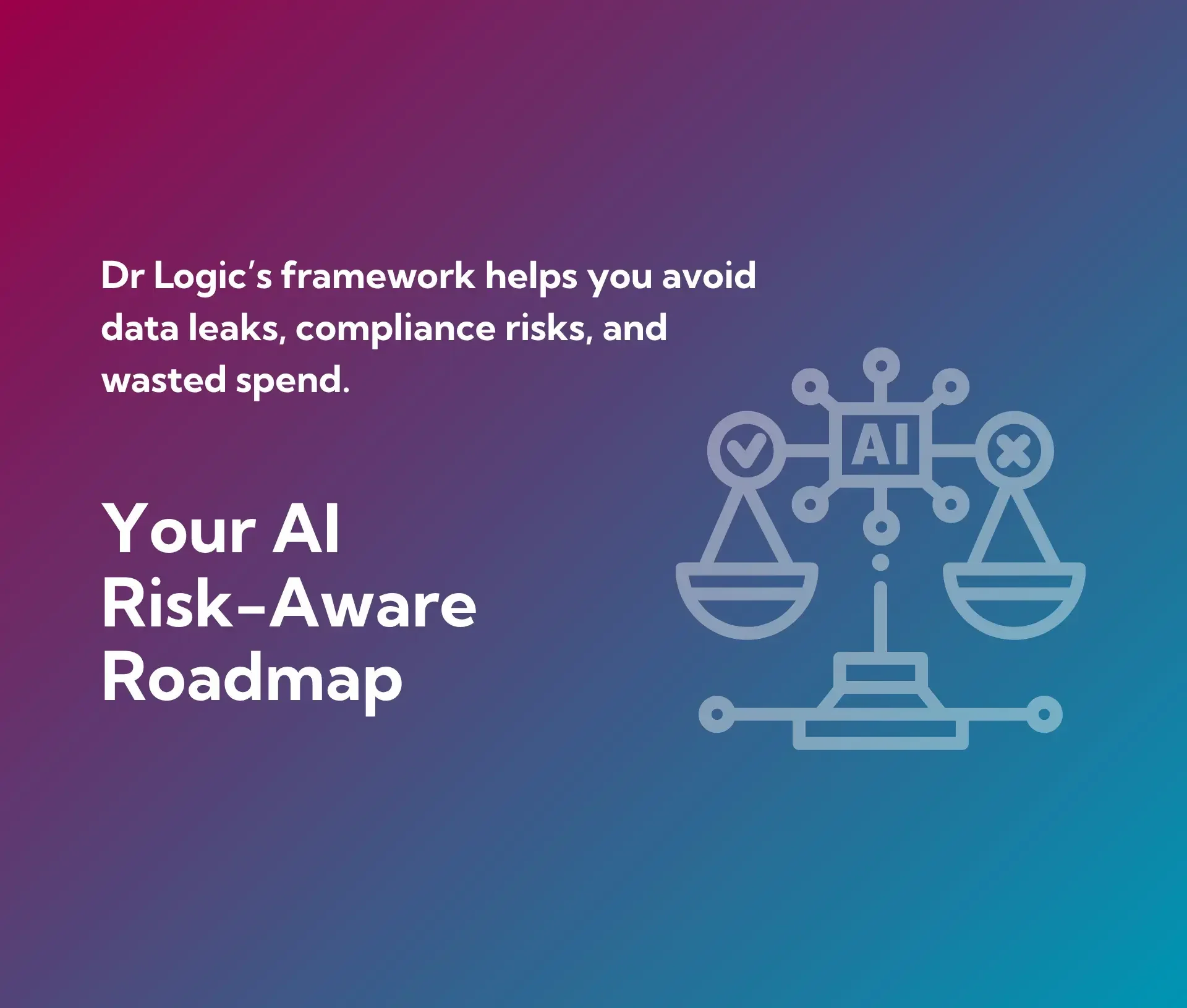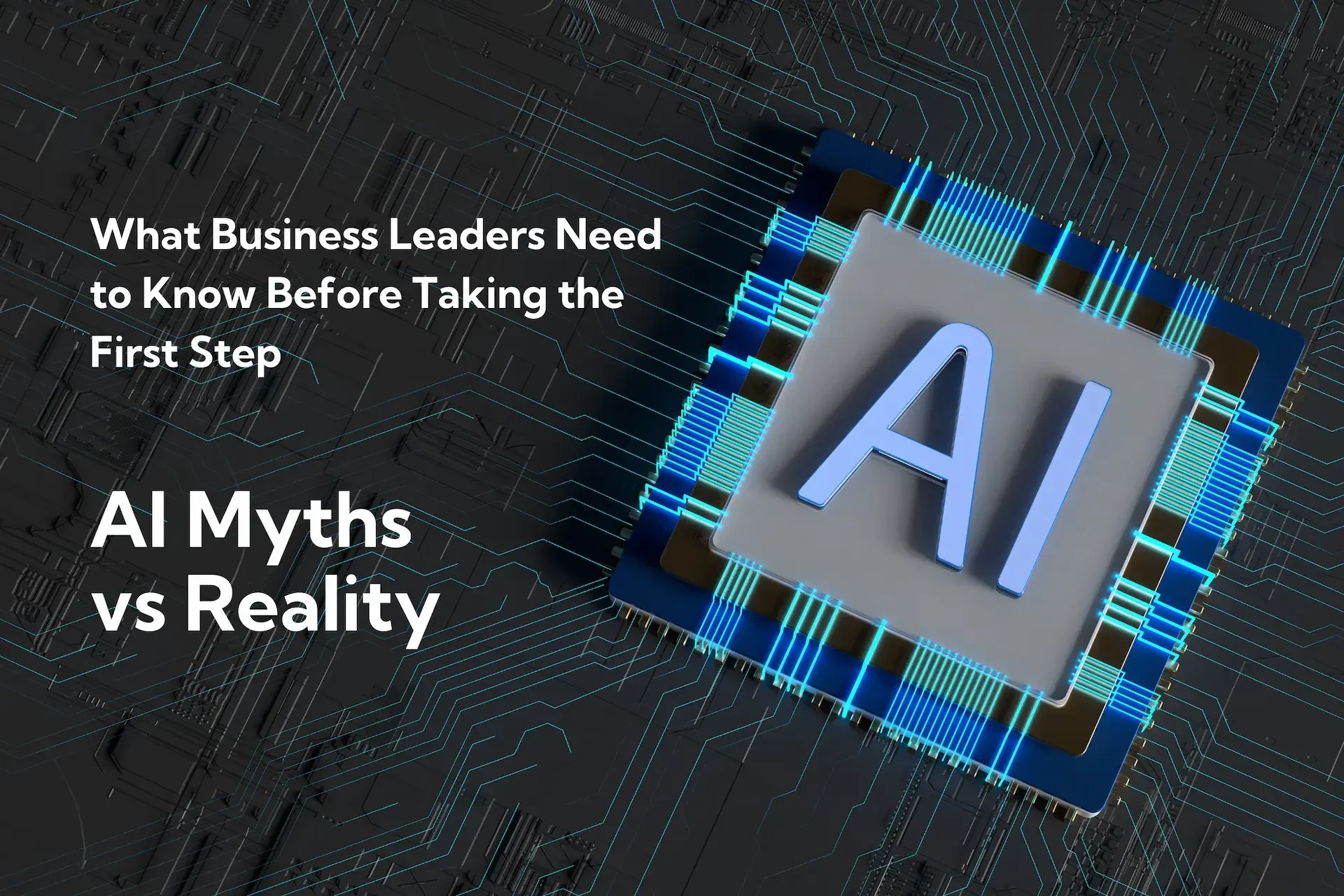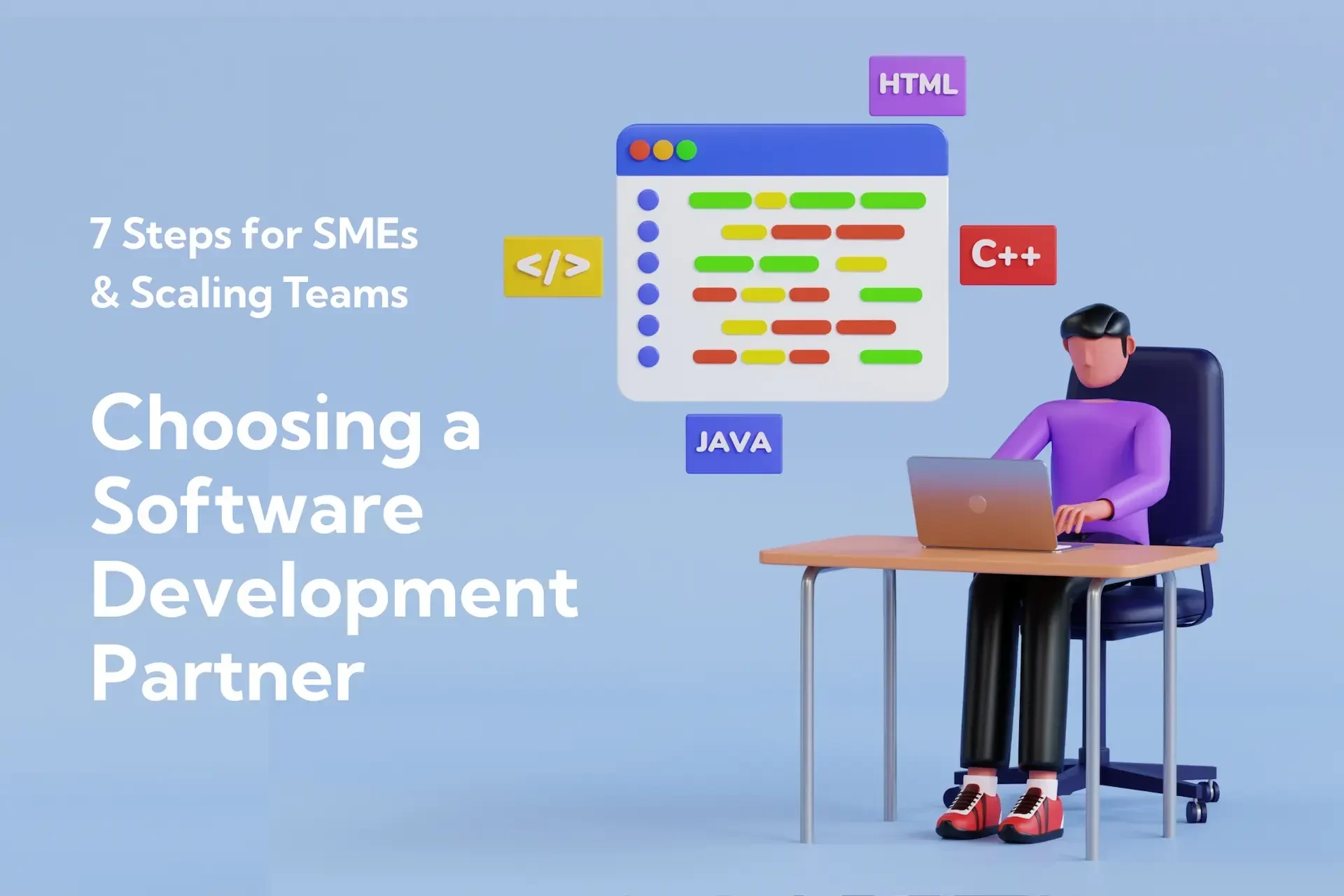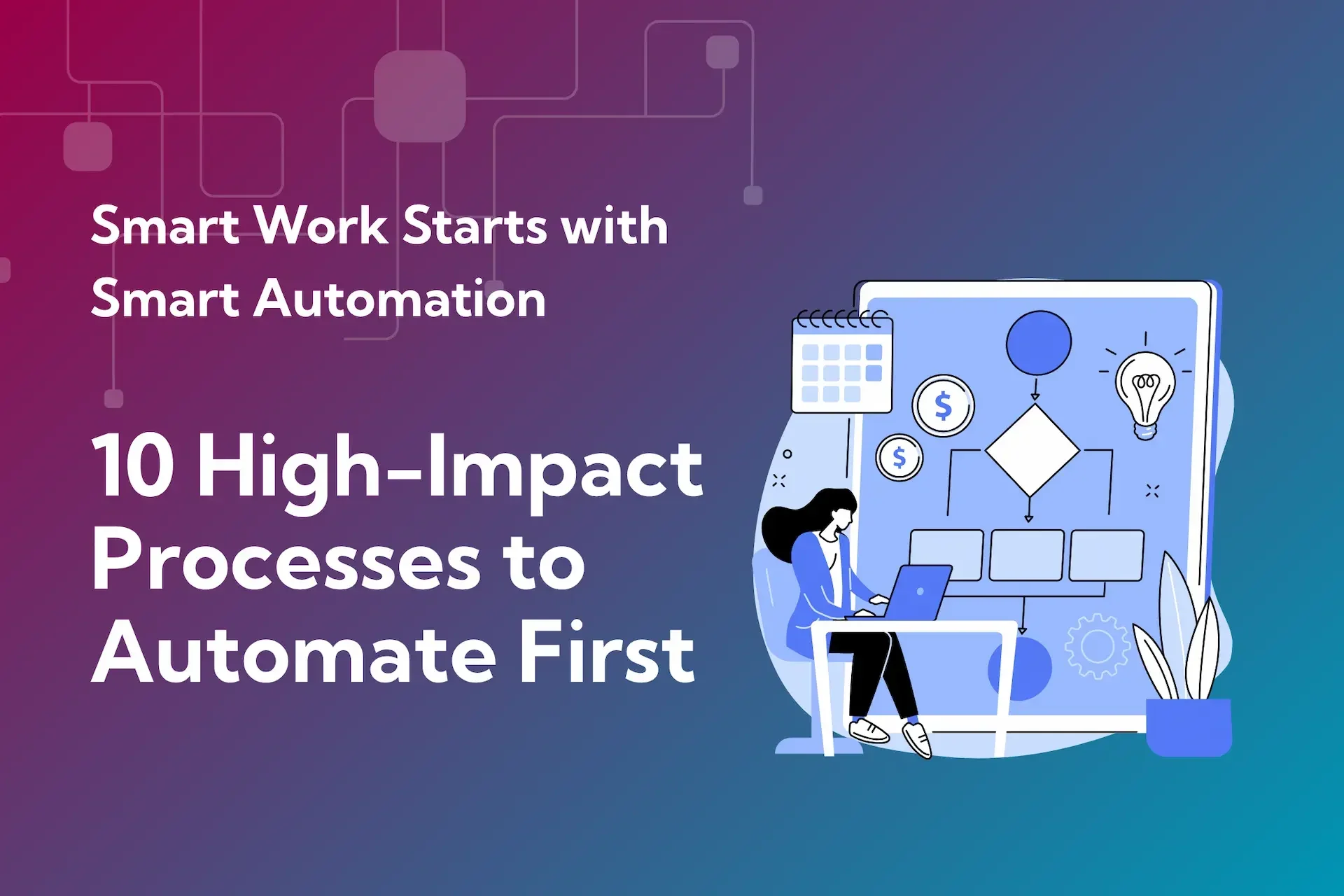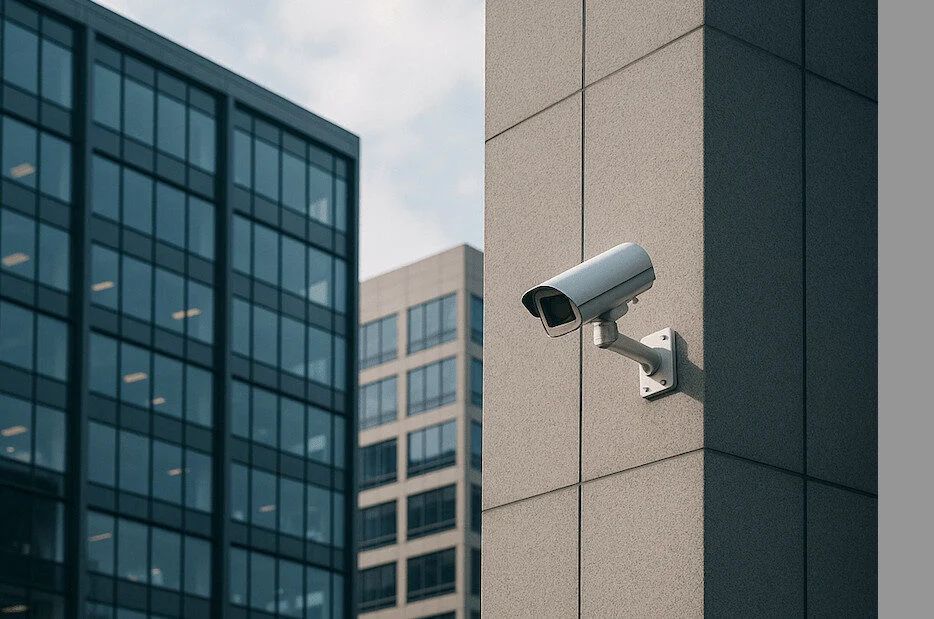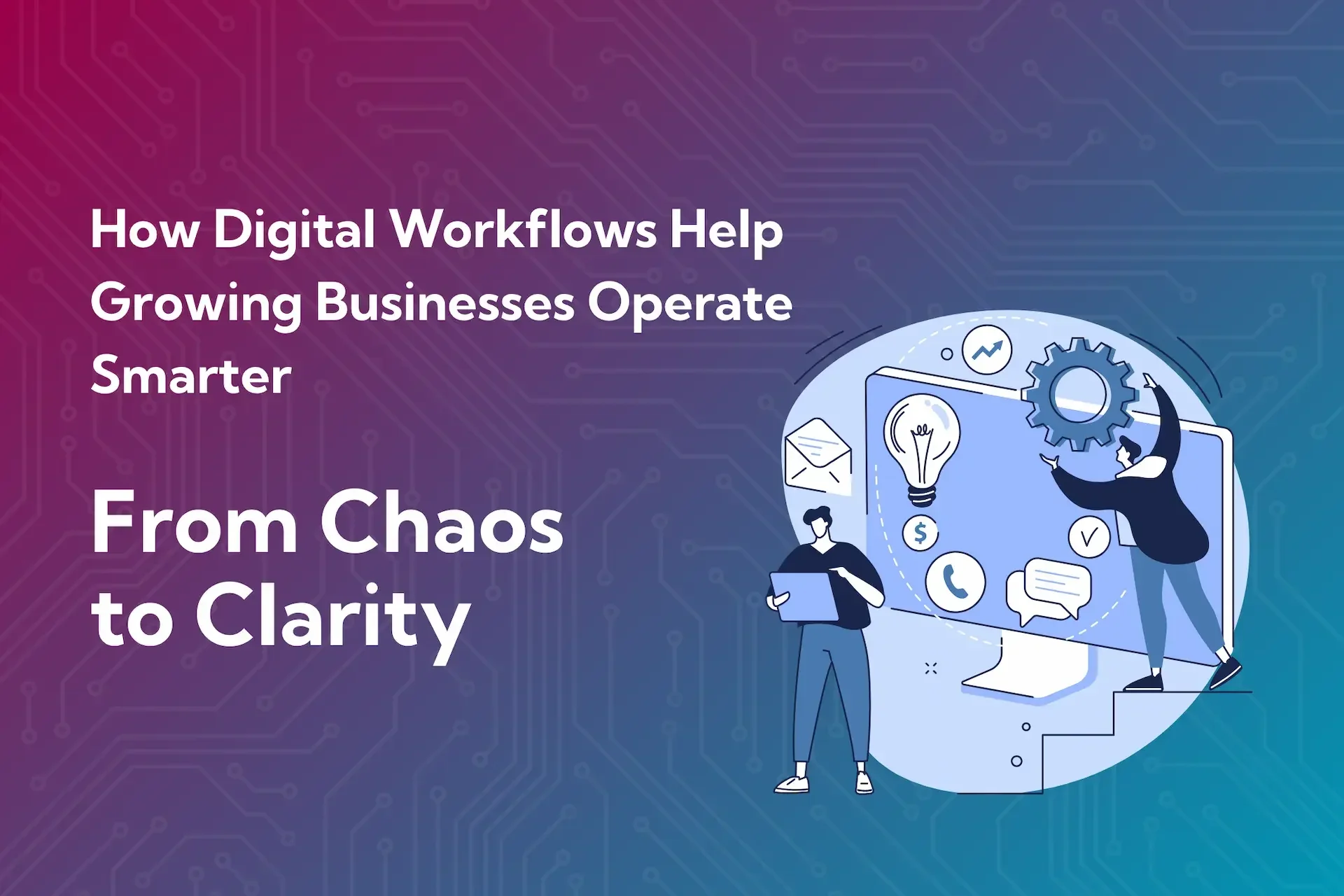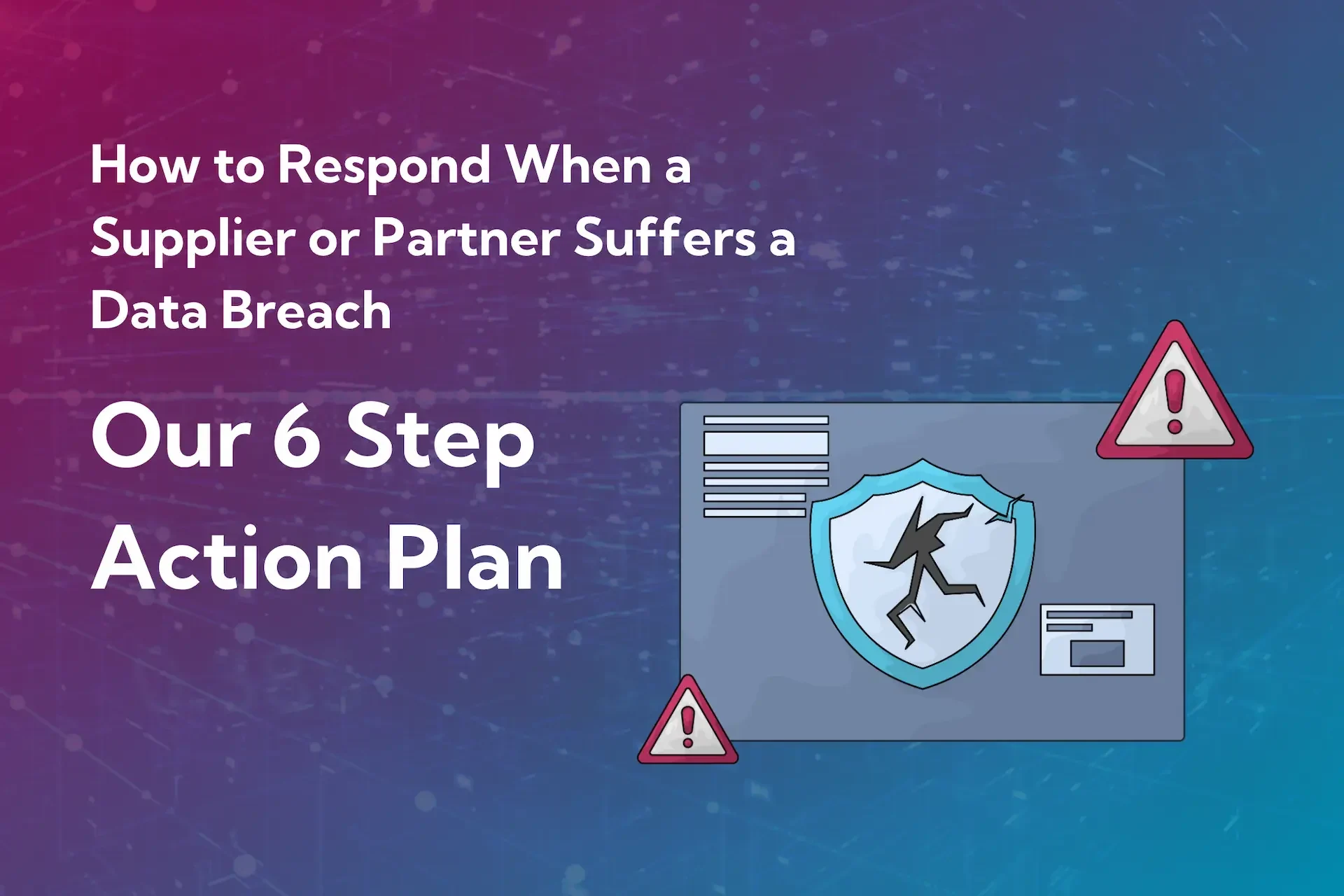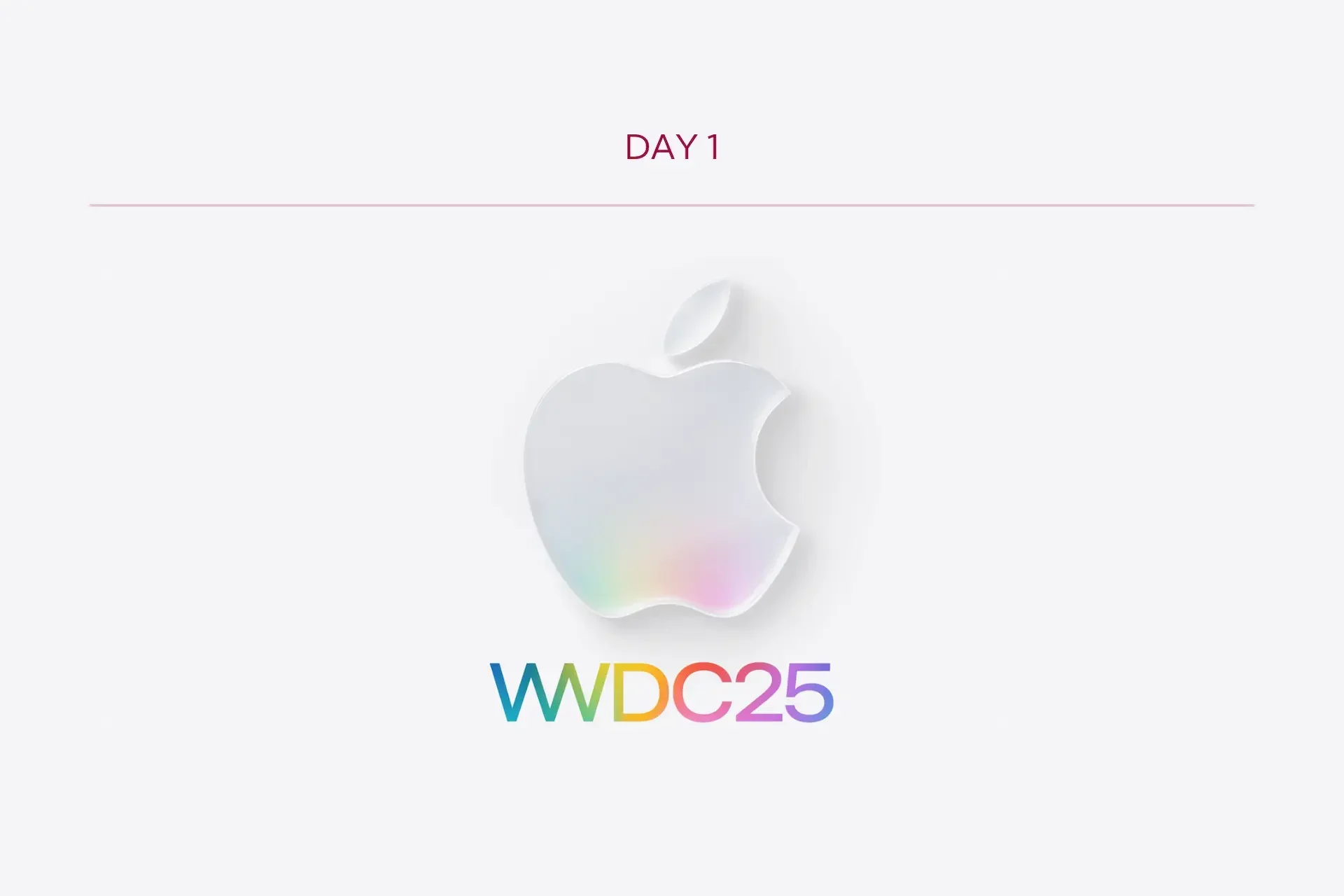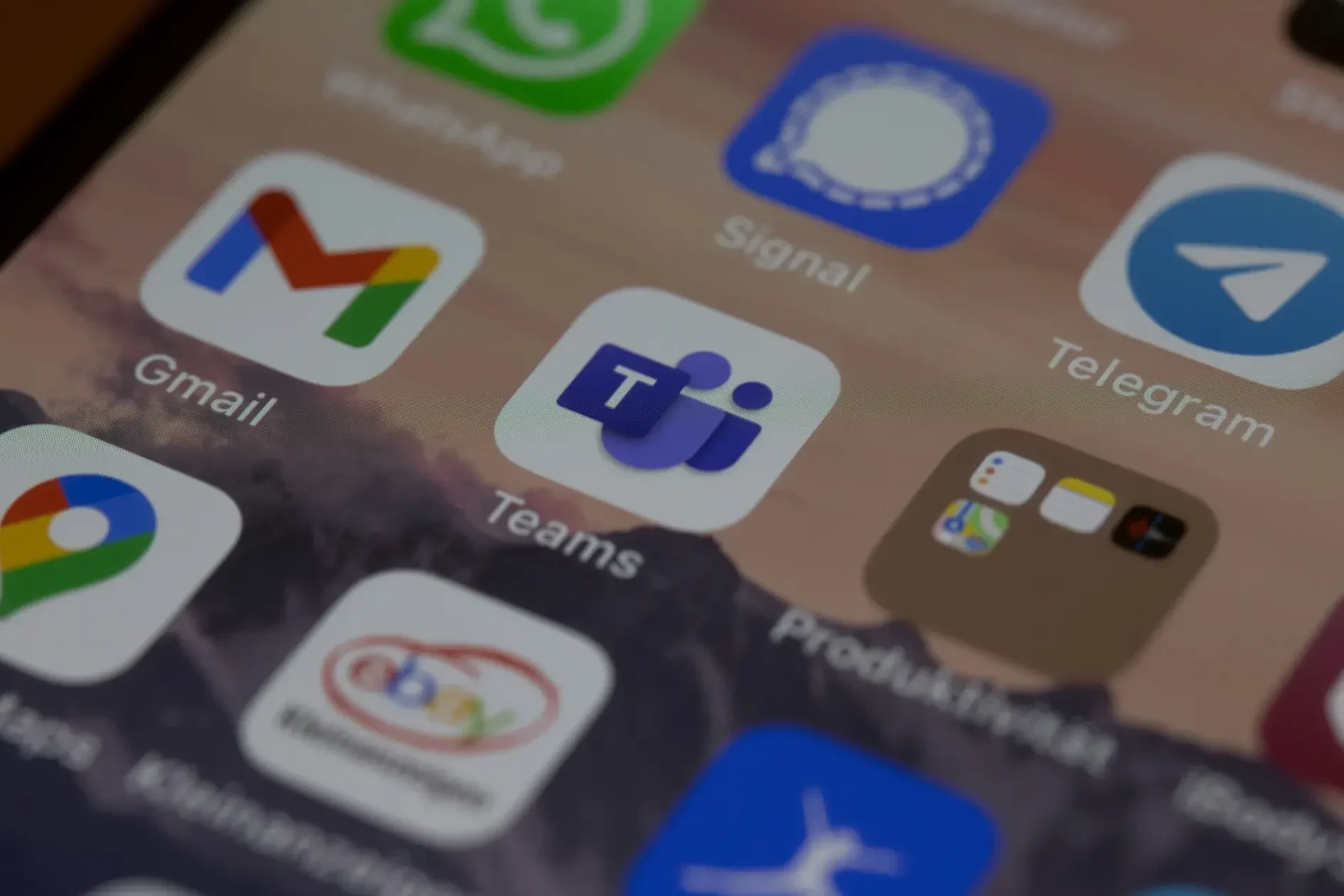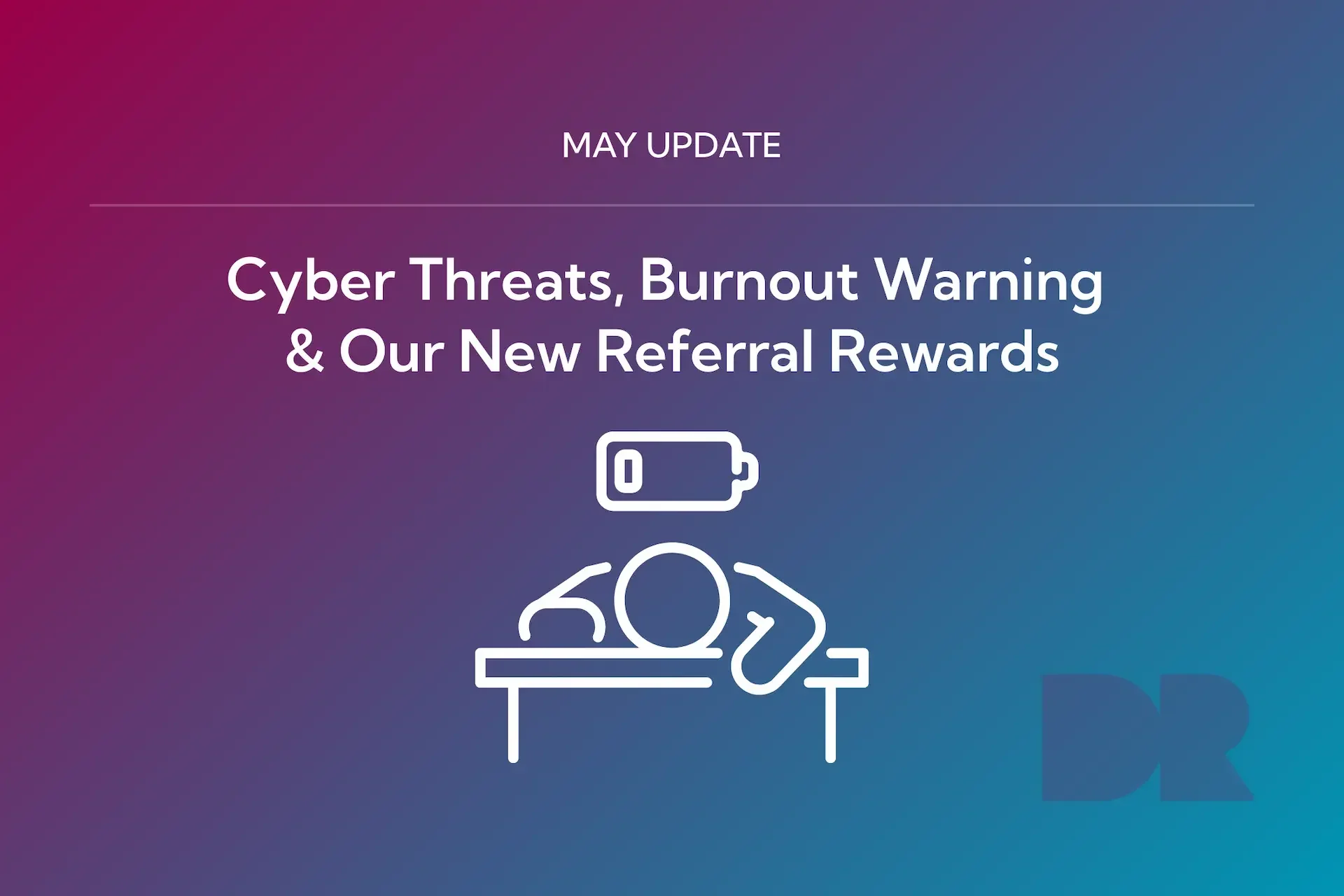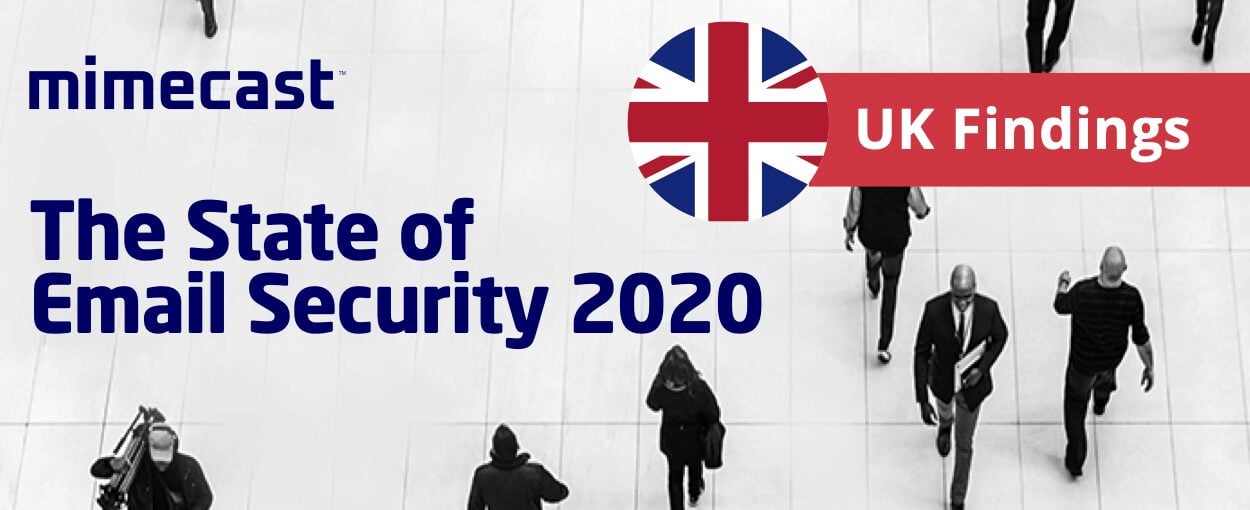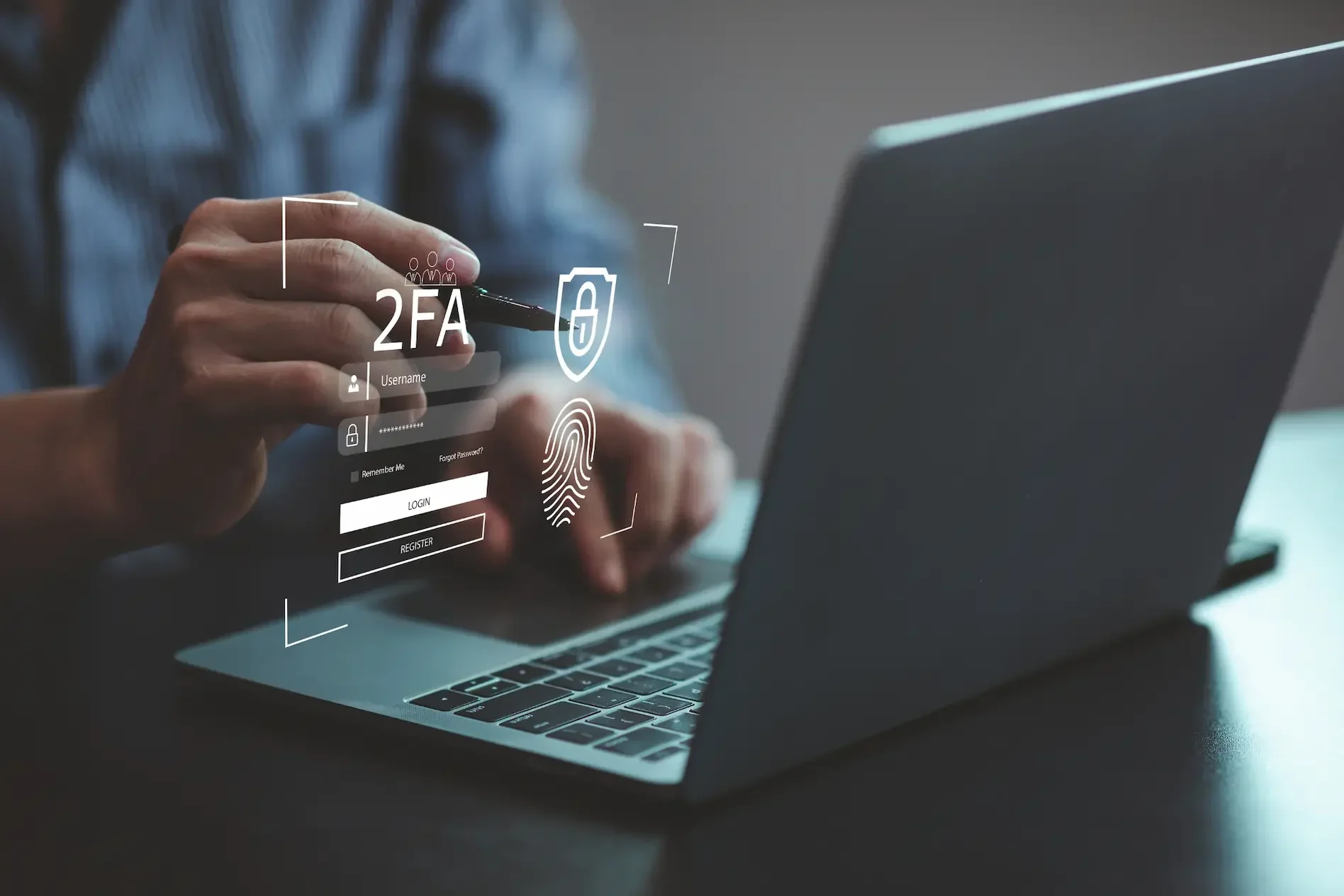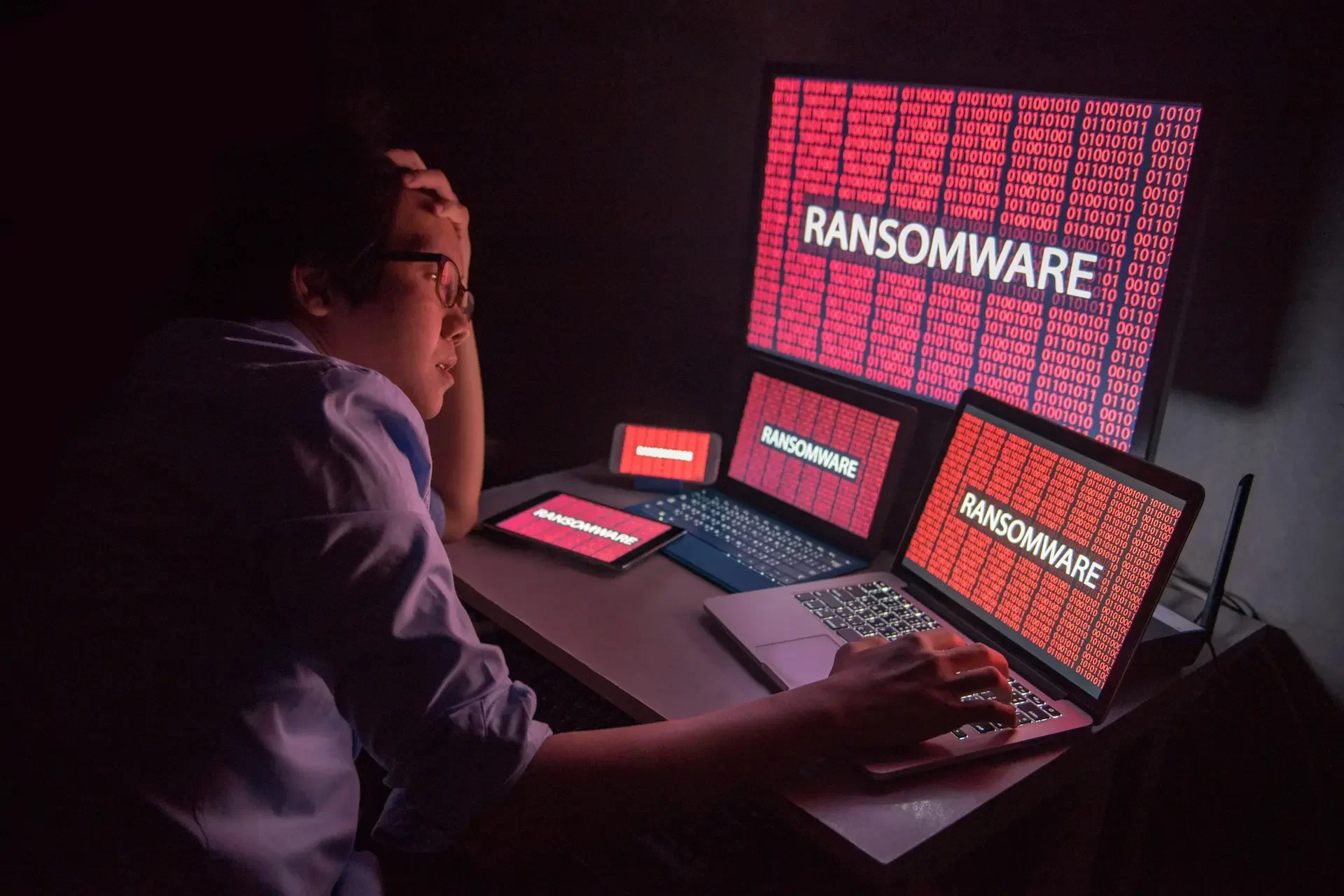Shadow IT happens when employees use unsanctioned apps, devices, or cloud services for work. It’s driven by convenience and innovation but creates major security, compliance, and financial risks. In 2025, the best approach isn’t to ban it entirely but to manage it: visibility, monitoring, secure alternatives, and employee education.
What is Shadow IT (and Why Does It Matter in 2025)?
Shadow IT occurs when staff use unapproved apps or devices, such as personal Dropbox accounts, WhatsApp, or AI tools like ChatGPT, to complete work tasks.
With hybrid work and SaaS sprawl, it’s increasingly common. While it can boost innovation, it leaves businesses exposed.
Why Do Employees Turn to Shadow IT?
Employees rarely set out to create risk – they simply want to work efficiently. Understanding their motivations helps businesses address the root causes of shadow IT.
- Speed and convenience – bypassing slow approval processes.
- Familiarity – using tools from personal life.
- Innovation – experimenting with productivity and AI apps.
- Frustration – gaps in official IT support.
What Are the Risks of Shadow IT?
The dangers of shadow IT are often hidden until it’s too late. These risks can affect security, operations, and even a company’s bottom line.
Security and Compliance Risks
- Data leaks and breaches.
- Non-compliance with GDPR and Cyber Essentials.
- Increased phishing and malware exposure.
Operational Risks
- Duplication of data.
- Inefficient workflows.
- Lack of IT visibility.
Financial Risks
- Duplicate licensing costs.
- Regulatory fines.
Are They Any Benefits to Shadow IT?
While shadow IT is risky, it’s not entirely negative. In fact, it can shine a light on where IT services fall short and where employees see value.
Yes. It surfaces tools employees value, reveals IT gaps, and fosters innovation. The key is capturing the benefits without compromising security.
How Can Businesses Detect Shadow IT?
Before you can manage shadow IT, you need to know where it exists. Detection combines technical monitoring with open communication.
Monitoring and Visibility Tools
- SIEM systems and endpoint monitoring.
- Network traffic analysis.
IT Audits and Feedback Loops
- Regular usage surveys.
- Shadow IT discovery tools.
How Can Businesses Manage and Reduce Shadow IT?
Once identified, shadow IT can be brought under control with the right mix of technology, policies, and employee engagement.
Adopt a Zero-Trust Approach
Enforce MFA, secure endpoints, and limit access by default.
Offer Approved Alternatives
Make provisioning fast and apps user-friendly.
Improve IT-Employee Collaboration
Build a culture of enablement, not policing.
Educate Employees on Cyber Security Risks
Run cyber awareness training. Share real-world examples of breaches.
Speak to Dr Logic about cyber awareness training for your staff.
Shadow IT in the Age of AI and SaaS Sprawl
AI and SaaS tools have amplified the shadow IT challenge. With new apps launching daily, businesses need to balance productivity gains with security safeguards.
AI apps and SaaS tools are multiplying fast. They boost productivity but also expand your “attack surface.” The focus now isn’t stopping shadow IT completely, but integrating it securely into your IT strategy.
How Does Shadow IT Affect Compliance and Regulation?
Compliance is one of the most overlooked consequences of shadow IT. Unapproved apps can lead to serious breaches of industry rules and standards.
Shadow IT can cause breaches of GDPR, ISO 27001, and industry-specific regulations in finance, healthcare, and legal. For regulated businesses, even one unsanctioned app can trigger penalties and reputational damage.
Key Takeaways for Business Leaders
Shadow IT isn’t going away, but businesses can decide whether it becomes a liability or an opportunity.
- Shadow IT is inevitable.
- Risks are real, but manageable.
- The best approach is proactive: visibility, collaboration, and strong cyber security.
How Dr Logic Helps Businesses Manage Shadow IT
We take a cyber-first ITaaS approach to balance innovation with security. With hybrid IT support across Apple and Windows, compliance-first security, and supplier risk management, we help businesses keep control of shadow IT without slowing productivity.
FAQs
What is an example of shadow IT?
Using personal Dropbox or WhatsApp for work without IT approval.
Why is shadow IT dangerous?
It bypasses security controls, creating leaks and compliance risks.
How can companies detect shadow IT?
With monitoring tools, audits, and employee feedback.
Is shadow IT ever a good thing?
Yes – it can highlight useful tools and innovation opportunities, if managed safely.
How does shadow IT affect compliance?
It can breach GDPR, ISO 27001, and contracts.
What's the difference between shadow IT and BYOD?
BYOD is officially sanctioned personal devices. Shadow IT is unapproved tools or apps.






